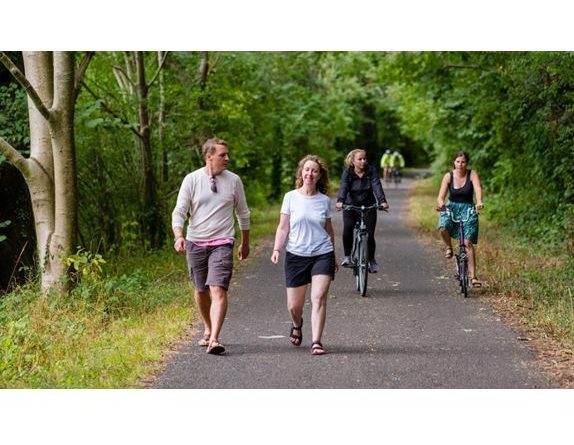Sustrans research explores potential for new cycling and walking routes
Sustrans have identified 50 Historical Railways Estate structures – bridges and tunnels – potentially suitable for integration into future cycling and walking routes.
The report, produced for the Department for Transport (DoT), carried out an “initial assessment of 75 historic structures on hold for demolition and infilling works, seeking to determine the potential for walking and cycling routes.”
Of the 75 structures, 26 have been identified as having future National Cycling Network or local cycling and walking route plans attached to them. A further 24 where noted as being potentially useful for local cycling and walking routes but not considered in current plans.
National Highways, which manages the Historical Railways Estate, “leases a large number of structures to Sustrans as part of cycling and walking routes.” The majority of these are bridges that carry public roads over old railway branch lines, effectively ‘out of service’ infrastructure, which also includes “some large viaducts”.
As National Highways points out, “Some of the structures are iconic features of our landscape and are enjoyed by locals and tourists alike.” A critical part of maintaining these for future generations includes supporting work with partners such as Railway Paths, “which owns and manages former railway land for active travel use.”
Historical Railways Estate programme head Hélène Rossiter comments: “We welcome the publication of the report by Sustrans. We will continue to work with local authorities and members of our Stakeholder Advisory Forum on any opportunities where the structures we manage may be given a new lease of life as part of future active travel plans.”
With the Government’s ‘Gear Change: One Year On‘ report highlighting the total value of the UK cycling market in 2020 estimated at £2.31 billion, a 45% increase over 2019, and Sustrans ‘Paths for everyone: Three years on’, finding that the NCN generated £1.7 billion in local business benefit, the economic impact of cycling has rarely been clearer, making the case for future infrastructure investment all the more potent.
Future investment becomes increasingly important when the, “NCN relies on hundreds of former railway structures” as whilst “the use of these heritage assets demonstrates how such structures can be brought back to life to support active travel … funding to support their ongoing maintenance is an unresolved issue.”



